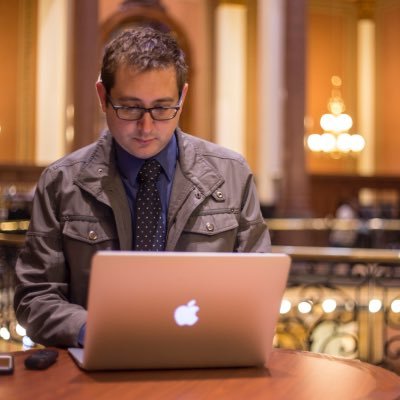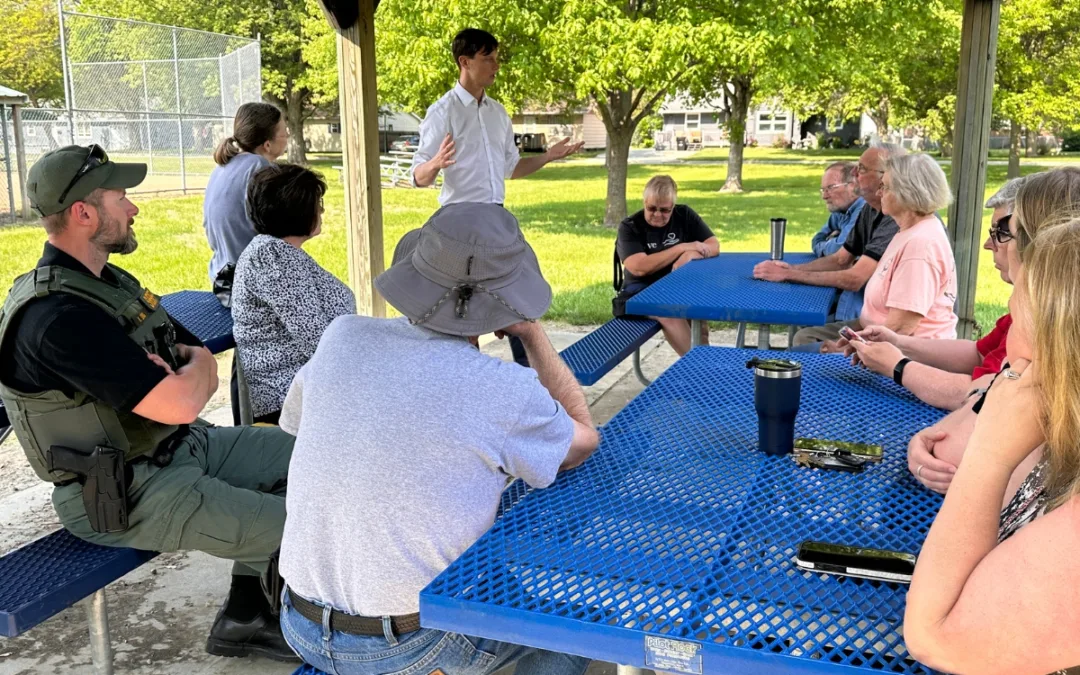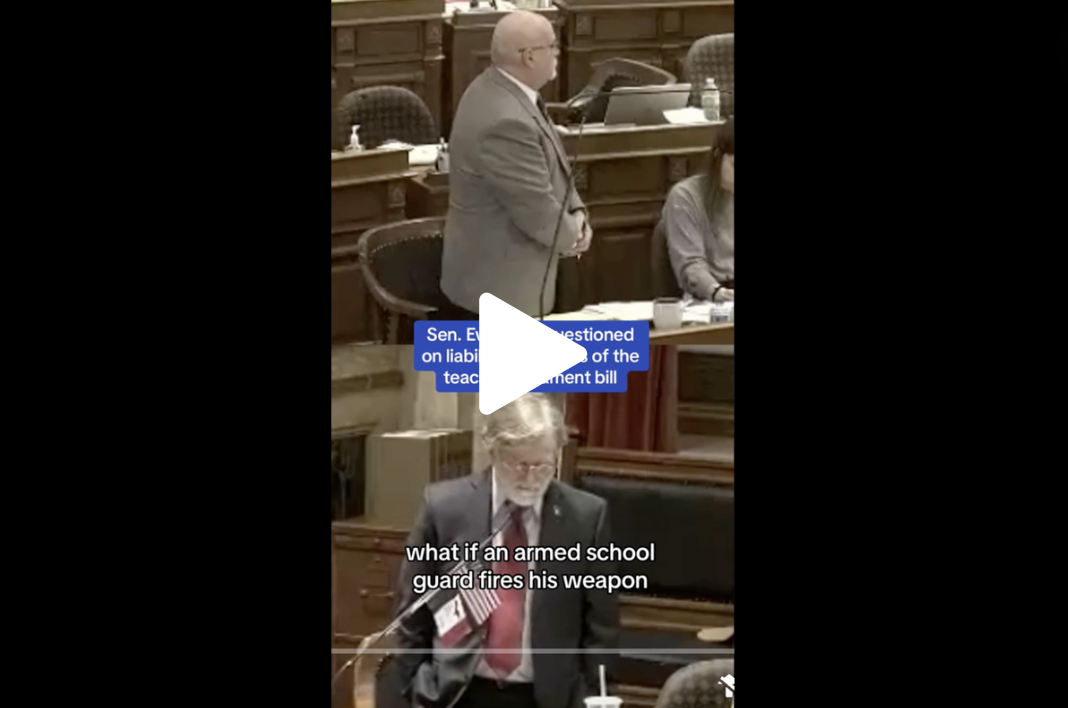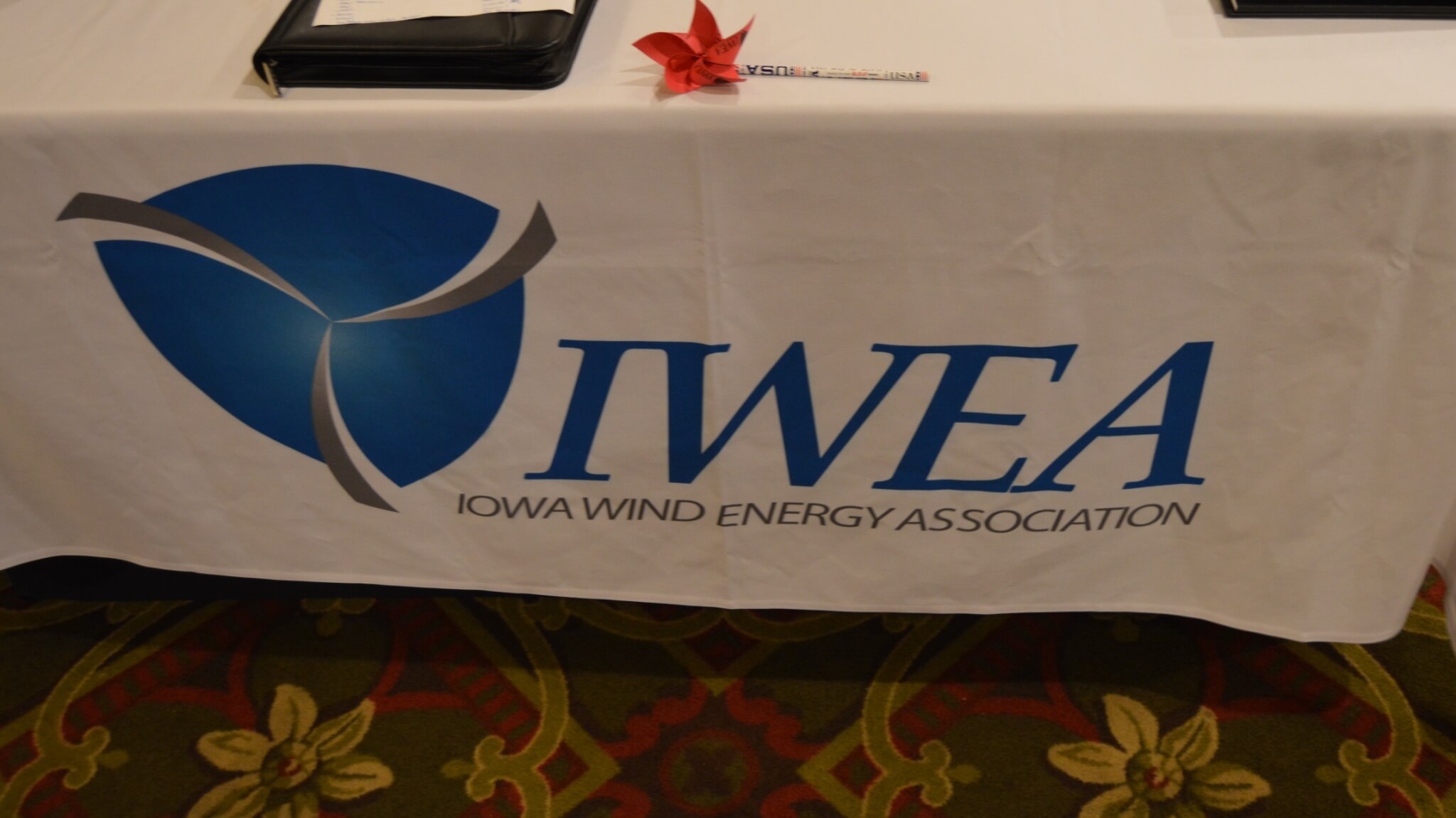
Iowa will retake its position as number two in the nation for wind energy production by the end of 2015, organizers of the Iowa Wind Power Conference said on Wednesday. The state’s wind industry will accomplish that by generating 5,700 megawatts of electricity. Moving back up in the rankings is an impressive feat, the conference’s speakers argued, considering the two ahead of Iowa right now are the considerably-larger states of California and Texas. And recent studies have shown that Iowa could generate 40% of its electricity through wind power by 2020.
Still, while the wind industry has made considerable strides in the past decade, big challenges remain to grow and transfer electricity produced by wind turbines. Governor Terry Branstad attended the conference on Wednesday morning to address both the successes and future obstacles.
“My first year as governor, 1983, we passed the nation’s first renewable electric generation standard and that has proven to be a great thing, it’s been copied by more than twenty other states,” Branstad told the conference. “We are by far first when it comes to the share of our electricity generated by wind. It is now about 28.5%.”
The Governor noted that’s produced a number of additional benefits for Iowa, including strengthening and diversifying jobs in rural communities.
“Our state has been able to attract a number of high-quality, good-paying jobs that are helping grow family incomes,” he said. “Plus the rental payments that farmers can get. And now with farm prices like corn below the cost of production, that supplemental income from wind turbines on property can really be an important source of income. It’s also been an important revenue generator for our counties in terms of property taxes. Wind energy production provides roughly 6,000 to 7,000 jobs in Iowa currently.”
One major obstacle the industry is running into right now is the ability to actually get that electricity to parts of the country that needs it.
“To get this energy out of Iowa and to meet the needs of other parts of the country, we’re going to need to have better transmission lines,” Branstad said, referring to the Rock Island Clean Line. “Which has unfortunately run into some significant opposition. My understanding is it’s kind of been placed on hold right now.”
The Governor explained that transmission line’s goal is to transfer power from wind farms in Northwest Iowa and send it eastward, out to Chicago and beyond, which could use the cheaper electricity. However, after changing the route of the line, which was originally to follow the Rock Island rail line, it caused more opposition on eminent domain issues (which we wrote about here).
“I don’t know if there’s a way to reconfigure that if there’s a way to make it less objectionable,” Branstad admitted, avoiding coming down on one side of the debate. “That is a very controversial issue and obviously we prefer to have these things resolved between the land owner and whoever the utility might be without the use of eminent domain … I don’t think there’s an easy answer to it.”
Another hurdle for future success is the extension of the federal wind energy tax credit that has helped spur the industry forward.
“Federal leaders need to provide certainty and predictability for this still-young wind energy industry,” Branstad argued. “[The wind production tax credit] needs to be extended. It has expired a number of times, and getting that back on track could be tremendously helpful in growing this industry further.”
The next president will likely factor significantly into that decision, along with many other renewable and clean energy priorities. Branstad’s been bringing it up with many (as we wrote about here), to mixed results.
“We’re trying to educate the presidential candidate of both parties on the importance of renewable energy,” he said. “The reaction has been mixed. Some of the candidates have been very supportive, some have been very skeptical in saying, ‘we don’t want any subsidies.’ We’re not really talking subsidies, but we are talking to help a new industry get started sometimes it takes some incentives, and the production tax credit I think has been an effective incentive. Ethanol, for instance, at one time there was a subsidy, but that’s long since been gone. The renewable fuel standard is just basically designed to get access to the market which is controlled by big oil, and their interest is to wipe out all competition from renewable sources because they don’t control it or profit by it.”
On the ethanol front, he added that several candidates issue concerns about what effect it has on food prices.
“Those of us who raise corn in Iowa know the corn we’re raising is not sweet corn fed to children or the public, it goes to livestock feed,” Branstad countered. “But when you make ethanol there’s a byproduct call DDG, which is tremendous cattle feed and can be used for swine and poultry as well. … I think it’s truly dis-proven.”
A third issue facing Iowa’s renewable plans is the federal government’s Clean Power Plan, which sets national limits on the carbon pollution from power plants.
“We are currently examining the complex federal clean power plan and gathering information from the EPA and a variety of stakeholders,” Branstad said. “One of the concerns I have – I want to get credit for what we did before the year 2005, because Iowa has been a leader in wind energy going back to 1983.”
Still, while Branstad lamented that dealing with the EPA can be a challenge, this plan is one Iowa will be able to meet.
“I think we can live with the changes, Iowa still has a lot of its power generated by coal, but we’re in the process of making the transition away from that,” the Governor said.
A stakeholder information session is being hosted by DNR on September 9th to take a look at what Iowa’s role in the Clean Power Plan will be.
by Pat Rynard
Posted 9/3/15
Politics
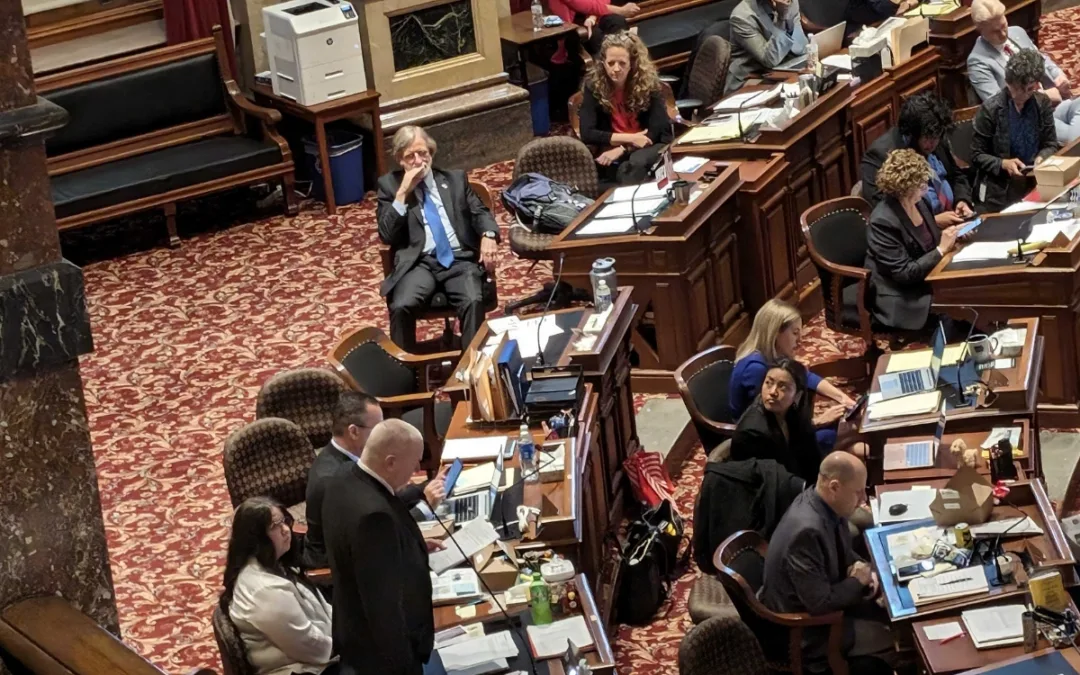
AEAs cutting workers in wake of Republican legislation
Iowa legislators said a new bill cutting money for agencies that help students with disabilities wouldn't affect services. But area education...
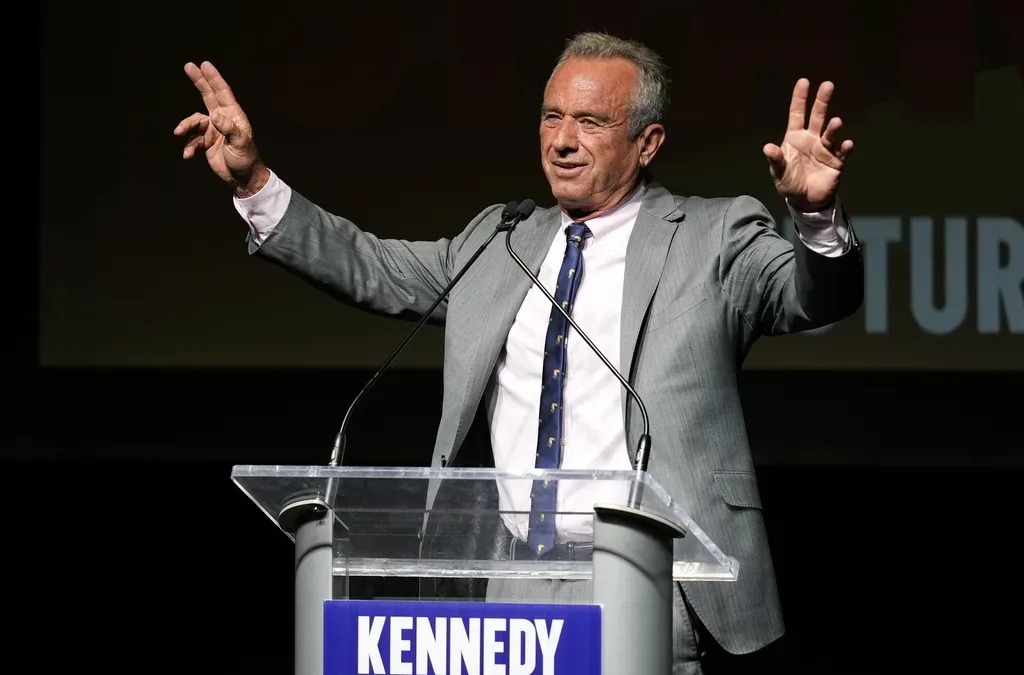
He said what? 10 things to know about RFK Jr.
The Kennedy family has long been considered “Democratic royalty.” But Robert F. Kennedy, Jr.—son of Robert F. Kennedy, who was assassinated while...
Local News

No more Kum & Go? New owner Maverik of Utah retiring famous brand
Will Kum & Go have come and gone by next year? One new report claims that's the plan by the store's new owners. The Iowa-based convenience store...

Here’s a recap of the biggest headlines Iowa celebs made In 2023
For these famous Iowans, 2023 was a year of controversy, career highlights, and full-circle moments. Here’s how 2023 went for the following Iowans:...

